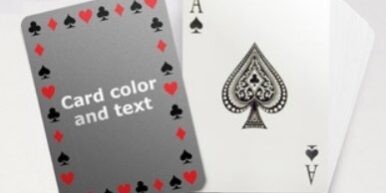How to simply design a board game? This list will provide an introduction.
1. Conceptualization and idea development
The first step in creating a board game is to conceptualize the idea. This phase involves brainstorming the theme, mechanics, and goals of the game. Here are some things to consider during this phase.
1.1 Determine the theme
What is the game about? The theme can be fantasy, history, sci-fi, strategy, or anything else that inspires you. A compelling theme often drives the player’s experience and interest in the game.
1.2 Define the audience
Who is your game for? Are you designing for children, families, or hardcore board game enthusiasts? Knowing your target audience will influence your design choices, such as complexity, length, and game content.
1.3 Determine the game mechanics
How will the game work? Think about whether it will be a competitive or cooperative game. How will players interact with the game components? And what types of challenges will they face. Mechanics include movement, resource management, combat, etc.
2. Design Gameplay and Rules
How to simply design a board game?Once you have the core concept, it’s time to develop the game mechanics and rules. In this phase, you’ll fine-tune how the game works and what players need to do to win.
2.1 Define the Game Flow
How will players take turns? What actions can they perform? Design the game sequence and what happens in each turn.
2.2 Determine Game Components
Determine the necessary game pieces. Such as cards, dice, tokens, boards, and other components. You need to decide on the size, material, and appearance of these elements.
2.3 Ensure the Rules are Clear
Write clear, concise, and easy to understand rules.













